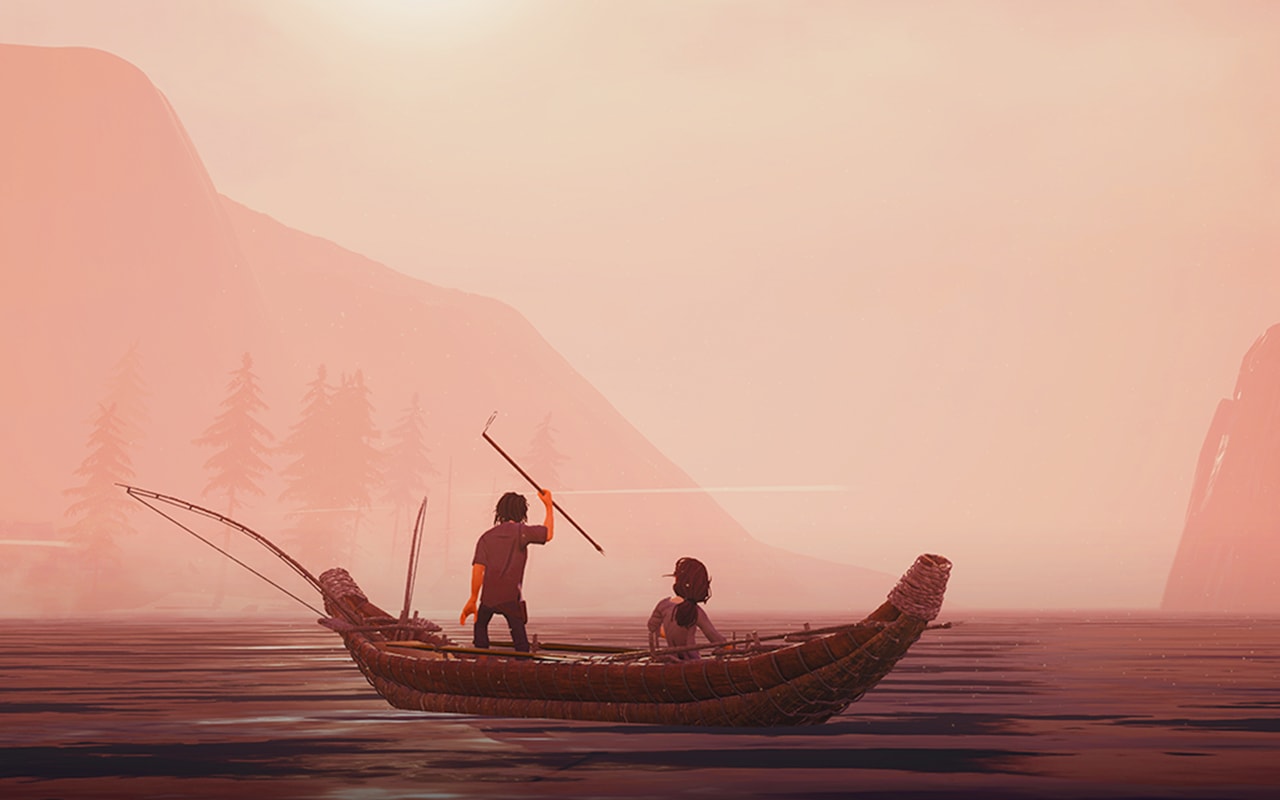Venice VR showcased a number of top-class VR films. These films prove narrative works’ ability to stand as an individual genre of virtual reality. Within the contest and alongside Lucid, The Great C – a filmic adaptation of one of Philip K. Dick’s short stories – demonstrated the vast potential of VR animated film in particular. I had the privilege of discussing this with its director, Steve Miller.
If Venice made one thing clear to me, it was this: filmic VR experiences are not only growing in length and complexity of production – they also dare more. Little by little, they develop their own language; through which they are increasing their chances to attract an audience alongside their biggest competitor, VR games. This holds especially true for animated film.
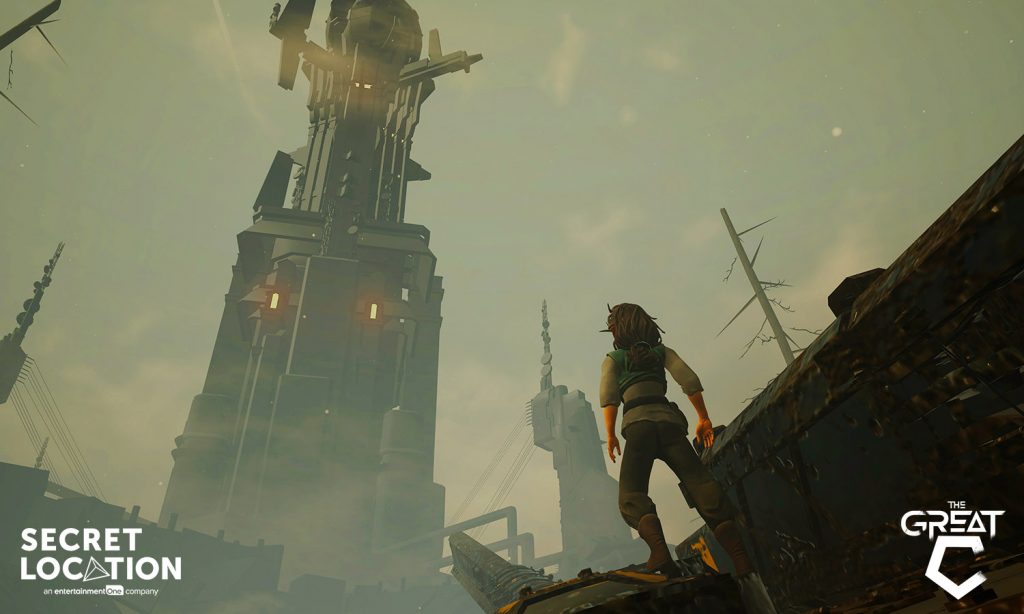
Animated film at Venice VR
In the process, they employ classic filmic methods as well as new ideas. And it works. In Venice, the drama Lucid brought me to tears. Baobab Studios’ new film Crow: The Legend had me in stitches through nigh on the entire performance, letting me embark on the journey to finding The One Who Creates Everything by Thinking (yes, that’s her name) by interacting in wild, wagging gestures. The Chinese action film The Last One Standing integrated a slew of special effects such as slow motion into a long pursuit scene.
The punk rock adventure Battlescar used notions from theater and music to produce artful transitions. Penrose Studios even went so far as to create an entirely unique language with their miniature worlds. Their thrilling story Arden’s Wake: Tide’s Fall boasts voice actors from Hollywood and underwater worlds (more on both here).
While the latter two ran out of competition at Venice, The Great C celebrated its world premiere at the festival. The half-hour Roomscale VR film was produced by content studio Secret Location, which previously won an Emmy for its Sleepy Hollow VR Experience in 2015.
In The Great C, a computer takes over
The Great C recounts the story of young Clare and her beloved, both part of a tribal community in a post-apocalyptic world, who follow their clan’s traditions and rituals. Civilization as we knew it has long since been wiped away. What remains is a super intelligent gigantic computer, referred to aptly as the Great C, who presides over the remnants of humanity.
One day, an ominous swarm of ravens swoops into the village and chooses one of the young men as a sacrifice to the Great C – an annual ordeal that allows for the remaining villagers to be spared. The tragedy begins when the ravens select Clare’s newly wedded husband for the visit to the Great C – one nobody has returned from yet. Thus, the couple must now decide: bow to the will of the omnipotent computer or fight for their love?
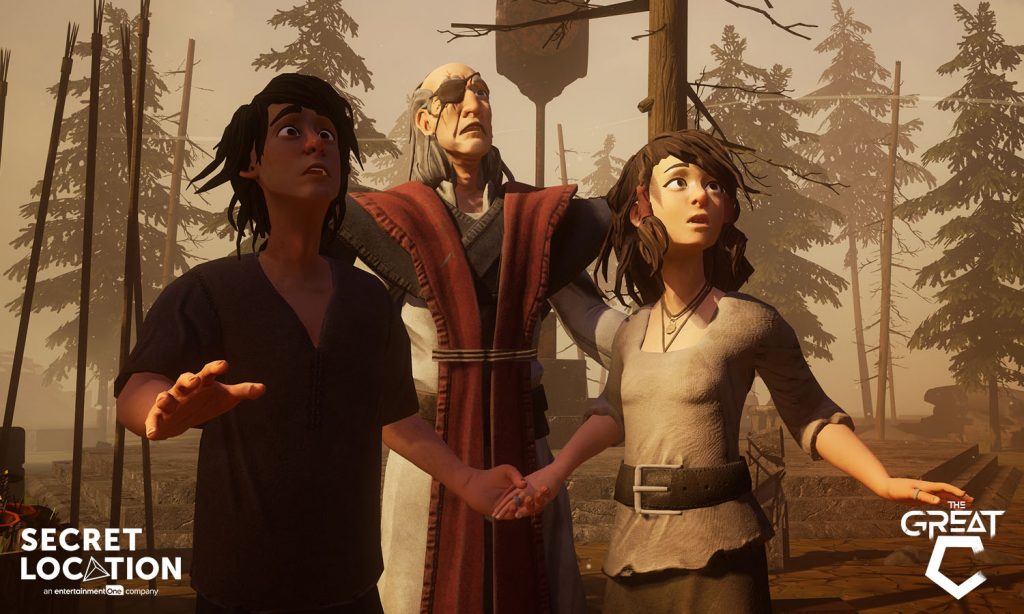
Meanwhile, as is typical of Philip K. Dick, the literary reference contemplats profound philosophical questions and leaves ample room for interpretation. What giant catastrophe has wreaked havoc in the past? At most, the original story only hints at this history. Director Steve Miller, whom I interviewed during the festival, gave this a lot of thought:
“You can always read a story in a bunch of different ways. One of the ways that I read it was: Did the Great C really do it? Is he really a rogue computer that has done this or is this something that people have done to themselves? Then, this computer is like them just in survival mode. And while they’re stuck in their traditions, he is stuck in his tradition. He is just a computer and he set up this system to sort of protect himself.”
Reveling in experimentation
In contrast to the science fiction champion’s 20 page-short story from 1953, the VR adaptation seems to answer this question unambiguously. The first few minutes lend the spectator a dramatic glimpse into the distant past: the supercomputer’s helper – a terrifying dark figure wielding deadly tentacles – brings about a massacre amongst the people. This changes the world forever; a way out feels like a hopeless dream. The betentacled woman and her ominous swarm of black ravens are an addition made by the Secret Location team. They make it all the more difficult for Clare and her beloved to face their destiny.
“We wanted to set up strong reasons why you probably don’t want to do this. And even when the characters – through their own journey – decide to break away from the rules of The Great C, there are – without any spoilers – still consequences. They are always fighting up against that and have to break through a lot of barriers; overcome a lot of resistance within themselves to be able to do these things.”
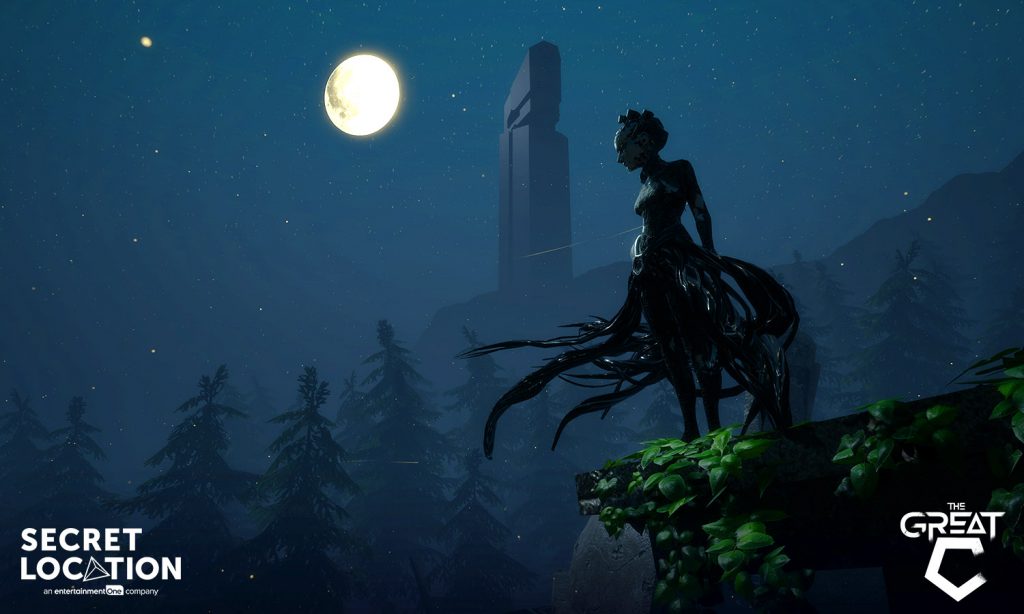
Indeed, the group behind The Great C approaches the original story very open-mindedly and dabbles in a good deal of experimentation. The heirs to Philip K. Dicks legacy, too, encouraged them to venture. This fostered the very unique graphic style of The Great C and his eager helper. According to Steve, her black tentacles are inspired by ferrofluids (liquids that react to magnetic fields) in their peculiar way of moving and morphing. I had broached the subject since I thought it interesting that a computer would have been given such an organic appearance.
However, experimentations in graphic identity represent only a part of the incredible inventiveness with which Secret Location worked on their task. Initially, the team of The Great C even planned to make the VR adaptation an interactive one. The literary reference centers around a match of question-and-answer between the supercomputer and the young chosen one. For the VR experience, the makers wanted to embrace this interrogative mechanic and integrate it into the VR experience alongside other interactive elements. The prototypes, however, turned out fairly intellectual and lacking emotionality, says Steve. They hence scrapped this path in lieu of a purely linear narration:
“So we said: Let’s try and actually use this as an opportunity to really lean into the idea of being cinematic. And hit it with the crazy worlds that Philip K. Dick describes in his short stories and novels. Use that and leverage that as the richness of the VR medium.”
How does one make the audience follow the story?
Producer Luke Van Osch told Variety magazine that they had also worked with an interactive scenario in which spectators were allowed to dictate the perspective and camera angle. Although they dropped this idea too – it proved too distracting as well – they adopted many of the unusual camera angles that arose for the final film version.
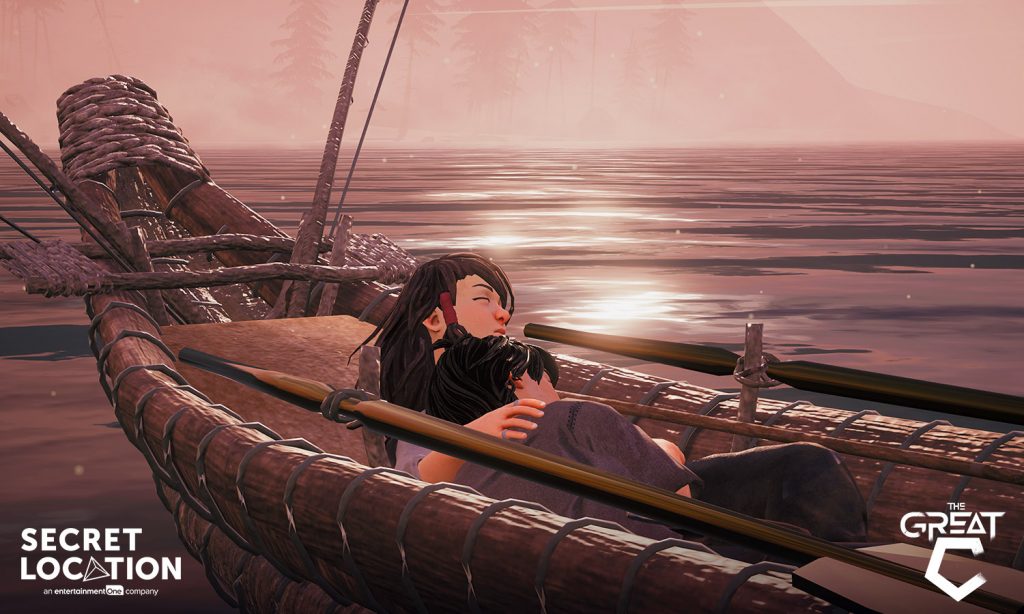
What resulted is a work in VR that transfers cuts and camera movements from classic film to VR rather daringly. The determining motivator for this was that they wanted to guide the spectators through the story more decisively, as Steve explains it. The audience can make themselves comfortable and does not have to look around all the time:
“So, we hope that this can maybe develop its own niche like: ‘I understand that I’m being presented something more. And I don’t have to worry that I’m going to miss something behind me; that they’re trying to hide things from me.’ We are actually trying to present you this story and we are using the virtual reality medium as a means of immersing you in it even further.”
I find this idea very interesting, as the same worry of not being able to direct the audience sufficiently also played a big role in my conversation with David Kaskel from Breaking Fourth. His VR film Lucid attempt to keep spectators from being distracted by the environment and not following the story in its own way.
The team behind Lucid eschews clever cuts or camera movements (although Lucid does employ some movements, they remain much subtler than in The Great C); instead, Lucid focuses on the emotional aspect – the moment that grips the viewer and lets them empathize with the main characters. I think both approaches have their merits.
Innovative editing and camera movement
The Great C employs camera motion expertly. It is crucial for the dramatically presented action – something that used to seem impossible due to the dreaded motion sickness and was therefore seldomly used. The by now drastically improved headsets gave Secret Location’s team much more room for experimentation. And so, the camera and the spectators in their goggles revolve around the couple for a scene in which they take a break in an abandoned restaurant, eating supper together. The movement is very slow and barely noticeable, bringing the spectator closer to this intimate moment between Clare and her husband.
Editing is yet another area where The Great C uses techniques known from classic film that I would not have thought appropriate in VR. While I had my qualms with the cut-ins – where a close-up follows a distant shot – I found the opposite succession to work brilliantly in most cases. One specific scene really stuck with me: the film’s climax comprises a masterfully composed parallel montage. Two alternating scenes set in different times had me gasping at Clare’s final and most important decision.
The Great C demonstrates courage and creativity
Secret Location’s intensive work results in a 30 minute-spanning VR adventure film in Roomscale VR that takes an unusually firm hold of its audience when guiding them through the story; even if some editing choices did push me out of the story or left me slightly disoriented; even if, at times, I longed for more freedom to look around myself or even walk about a bit – many moments turned out excellent. I was actually quite surprised by this.
This is exactly the reason why The Great C sets an example, showing how classic film techniques can be applied to virtual reality and where their limits lie. The Great C demonstrates what will be possible in VR in the future and sends an important message to all creatives: We must only be brave enough to give it a shot.
I am thus very excited to experience further experiments by Secret Location.
The Great C is set to appear on the HTC Vive, Oculus Rift and PlayStation VR by the end of the year. Prior to that, it will be shown at various festivals and arcades.
UPDATE november 2018: Finally, you can experience The Great C by yourself. It is available now for HTC Vive and Oculus on Steam, Viveport and the Oculus Store for 4,99 euros. Enjoy.
UPDATE april 2019: A second version in 360 degrees has just been released on the platform Veer.tv for Oculus Go and Oculus Rift. That are great news especially for the Go-users among you (if you have a Rift at home, I still recommend the full version in room-scale VR). First, you need to download the app Veer, then you can buy the film. The price seems to be the same.
This article first appeared in a shortened, German version on VRODO.de.
Translated by Jan Mc Greal
